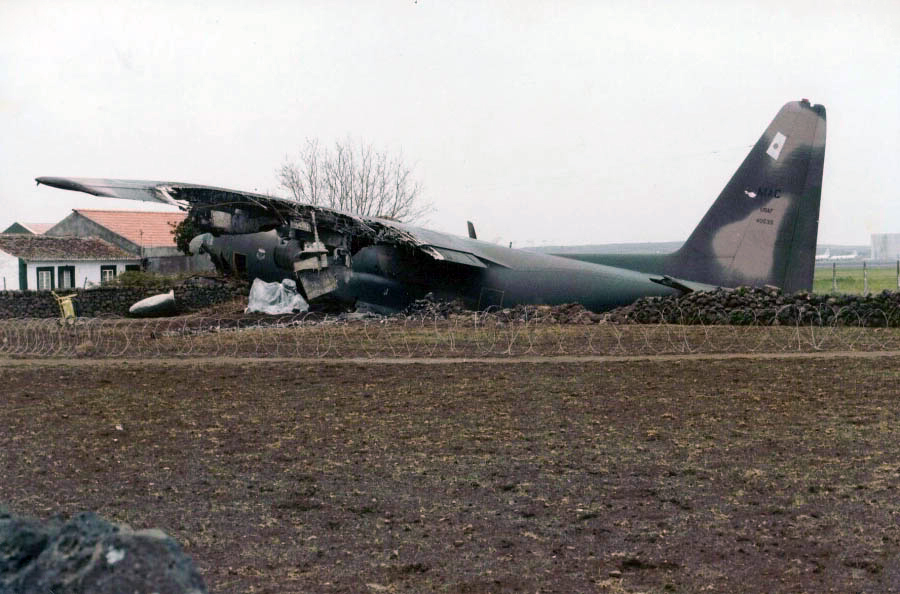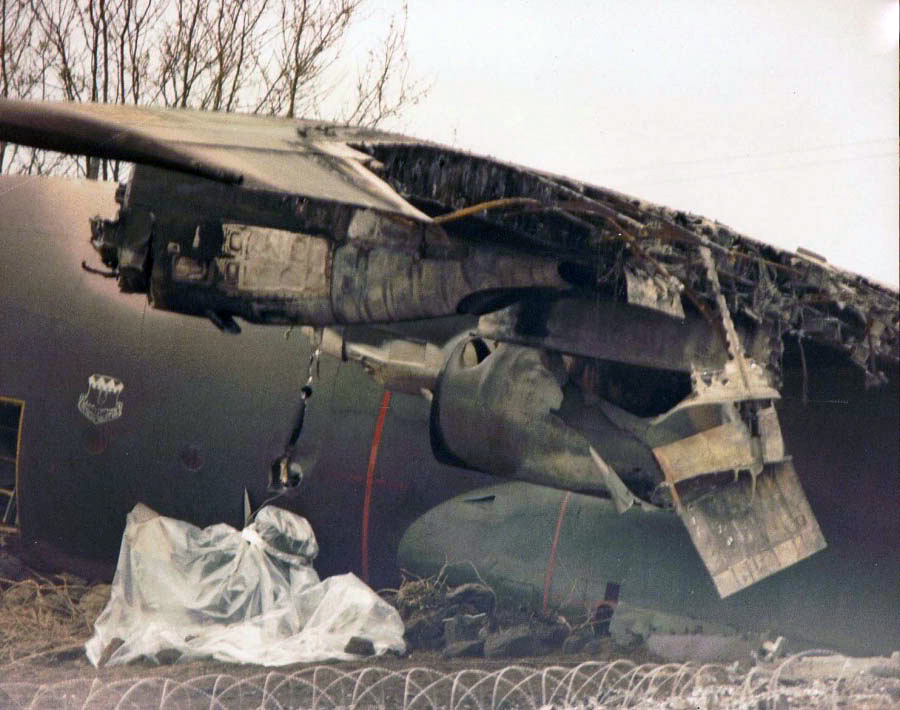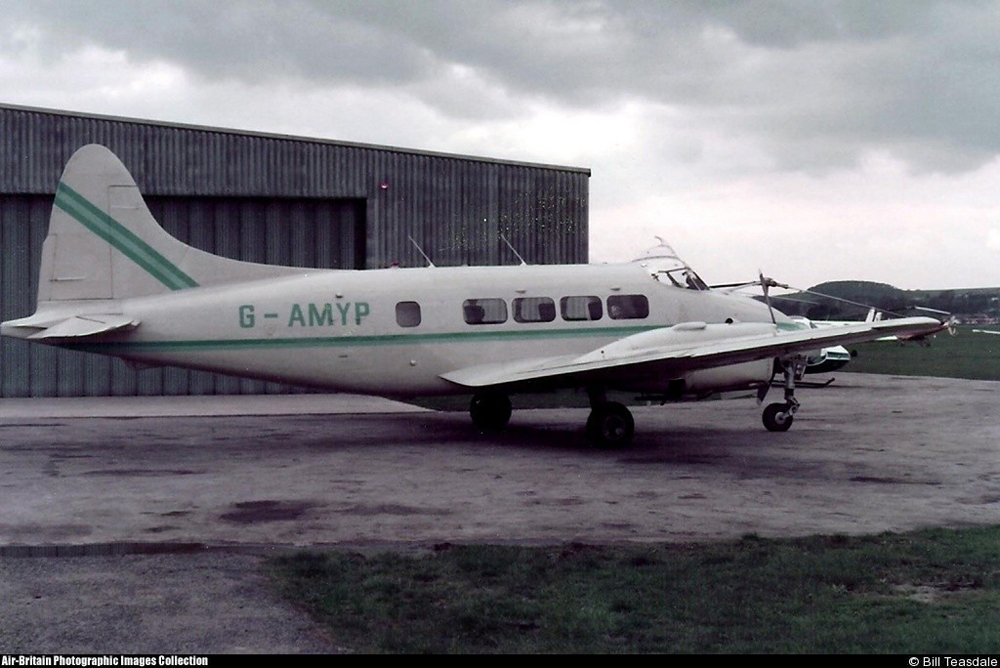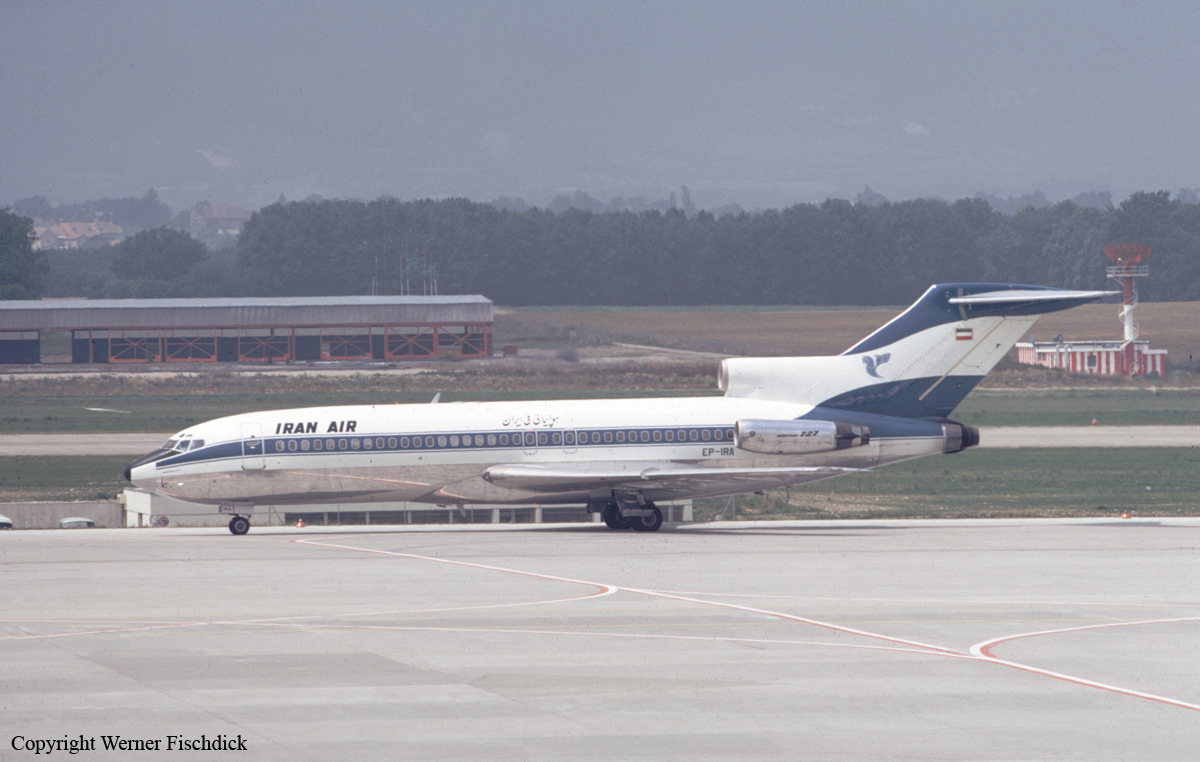Ground fire of a Fairchild F27 at Omega AFB
Date & Time:
Sep 7, 1984
Registration:
ZS-LPI
Survivors:
Yes
Schedule:
Omega AFB - Omega AFB
MSN:
58
YOM:
1959
Crew on board:
2
Crew fatalities:
Pax on board:
0
Pax fatalities:
Other fatalities:
Total fatalities:
0
Circumstances:
While taxiing at Omega AFB, the aircraft caught fire for unknown reasons. The crew was able to stop the airplane and to evacuate before it would be totally destroyed by fire.
Probable cause:
Ground fire of unknown origin.











